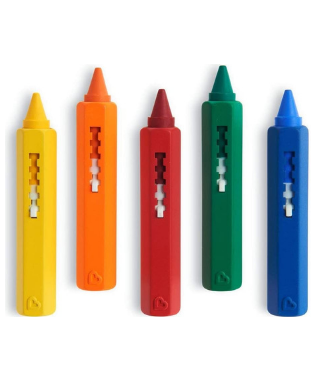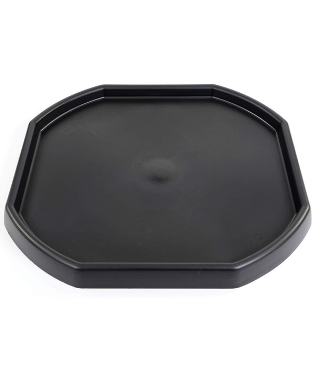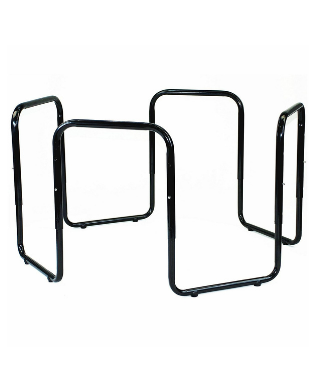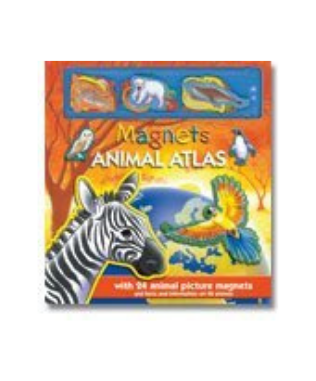Following on from creating a world map yesterday, we decided to investigate animals around the world.
Resources
- World map
- Magnets Animal Atlas written by Brenda Apsley and illustrated by Helen Prole
Method
Ioan looked at the first page of the Animal Atlas and recapped what he had learnt about the continents yesterday.
He and Finny then went off to read the book together and find out as much information as possible about the animals that lived in the different continents. When they were done, they shared what they had learnt with me, one continent at a time.
Europe
Bottlenose Dolphins
Otters
Badgers
South America
Sloths
Spider Monkeys
Anacondas
Russia and the Middle East
Brown Bears
Arctic Foxes
Wild Boar
Africa
Flamingoes
Hippopotamuses
Giraffes
Asia
Orangutans
Asian Elephants
Leopards
Australasia
Koalas
Kiwis
Kangaroos
The Arctic
Narwhals
Polar Bears
Antarctica
Leopard Seals
Emperor Penguins
North and Central America
Porcupines
Beavers
I was amazed by the number of animals they’d managed to learn about in one morning.
Once they’d finished telling me all they’d learnt from their Animal Atlas book, Ioan added the 5 oceans to the tray.









I really struggled to photograph the finished tray as the lighting wasn’t great, so I took pictures at different times of day. Hopefully you can see different features in the different lights.
Here’s a video, if it’s any clearer to see.
DfES Outcomes for EYFS and National Curriculum (2013)
Science Year 2 programme of study
Living things and their habitats
- identify that most living things live in habitats to which they are suited and describe how different habitats provide for the basic needs of different kinds of animals and plants, and how they depend on each other
- identify and name a variety of plants and animals in their habitats, including micro-habitats
Geography KS1 programme of study
Locational knowledge
- name and locate the world’s seven continents and five oceans



























